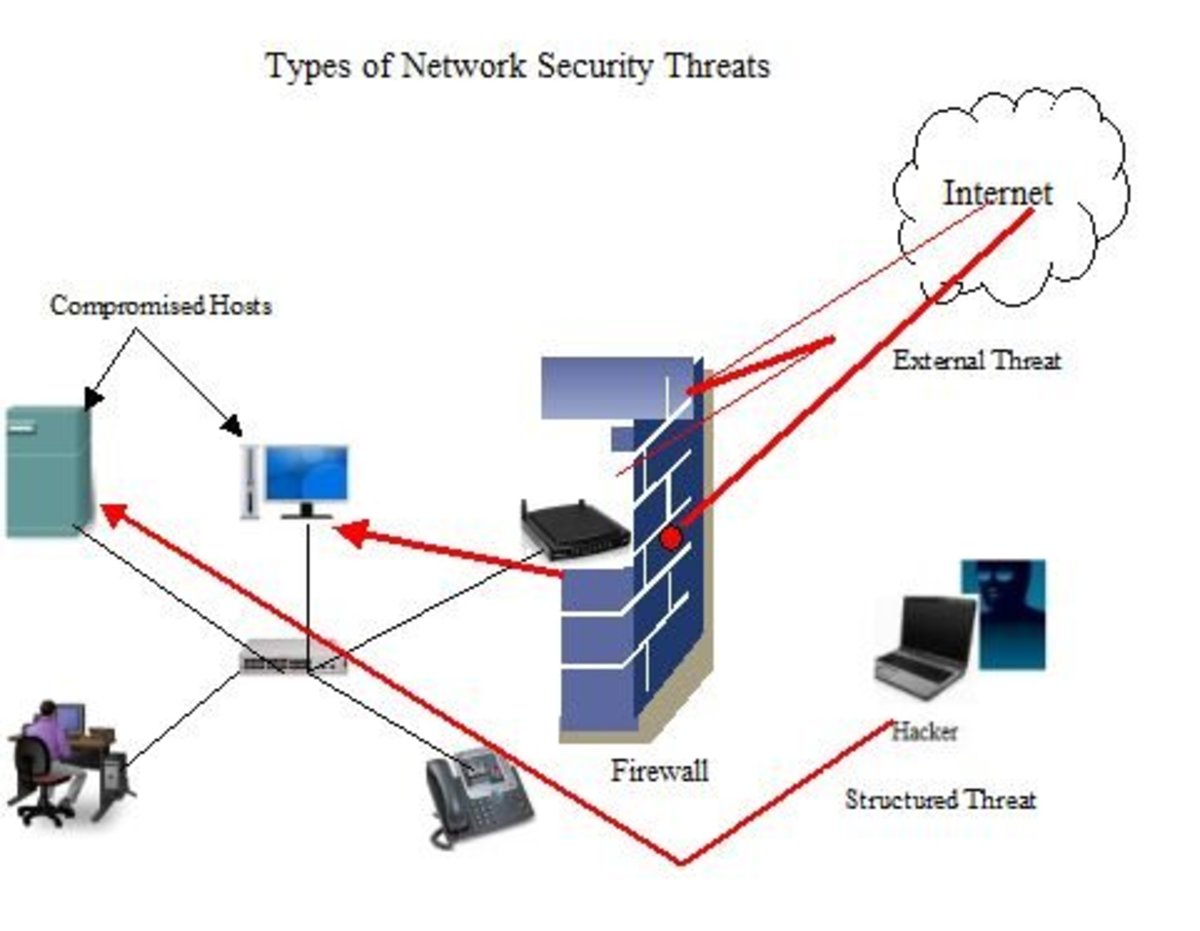Can virtual reality substitute an actual reality?
Virtual reality is an experience which is computer generated to stimulate a physical presence in the imagined world. It is applicable in many aspects including gaming, sport, healthcare, media, engineering, film, entertainment among others. In essence, the concept of virtual reality has been categorized among the novel trends in this high tech-environment, making it increasingly popular with the users (Oracle, 2017). This paper discusses whether virtual reality can substitute an actual reality.
There is no doubt that virtual reality has brought with it various benefits to consumers. For instance, it transforms an experience into what is perceived as a “real” one. Therefore, when used for purposes of entertainment, it adds more complexity and fun to it. Furthermore, with virtual reality, it makes it possible for the user to simulate his or her environment and hence; reach “high levels” or rather feel as if he had reached where he wanted to. This is more so for individuals who are far away from their dream destinations, and they do not have a chance to visit specific places. Moreover, in today’s perspective, watching films with 3D glasses is more fun and entertaining since the consumer will get easily immersed in the “reality” of the story.
Despite this and other advantages, there is a risk in the sense that when people get immersed in virtual reality for too long, their interest in actual reality is lost. In fact, this impact is already visible in the society today considering the high number of people immersed in smart phones or computer screen on a daily basis. Stated differently, many people today are spending much longer time on their smart phones and computers than they do in the field or real work. This is contributed by the fact that virtual realities have been flavored by computer generated- environments and has a potential of creating an illusion of a real-life experience of something when in essence, such an experience is a simulation. However, the simulated reality reinforced by the virtual reality cannot substitute an actual reality.
In its current form, VR heavily relies on Head Mounted Displays (HMD) for the virtual world experience. In this respect, there are inherent factors that limit the possibility of HMD to provide a visual experience, which is the nearest substitute for actual reality. In fact, the HMD visualizes the world in a different perspective with how the human eye sees it (Zaldivar 2017). According to Zaldivar (2017), the human eye has a file of view of approximately 150 degrees vertically and 210 degrees horizontally. Contrastingly, the 3D view or the stereoscopic view of Head Mounted Displays for the virtual reality is only availed in the binocular FOV which is about 114 degrees. This makes the human eye unique in its perspective and that; this uniqueness cannot be replaced or substituted by virtual means. This relationship between the virtual reality and actual reality can be equated with that of computer’s CPU and the human brain. Although these elements work on a similar level, one cannot substitute or replace another. Therefore, the simulated reality reinforced by the virtual reality cannot substitute an actual reality.



